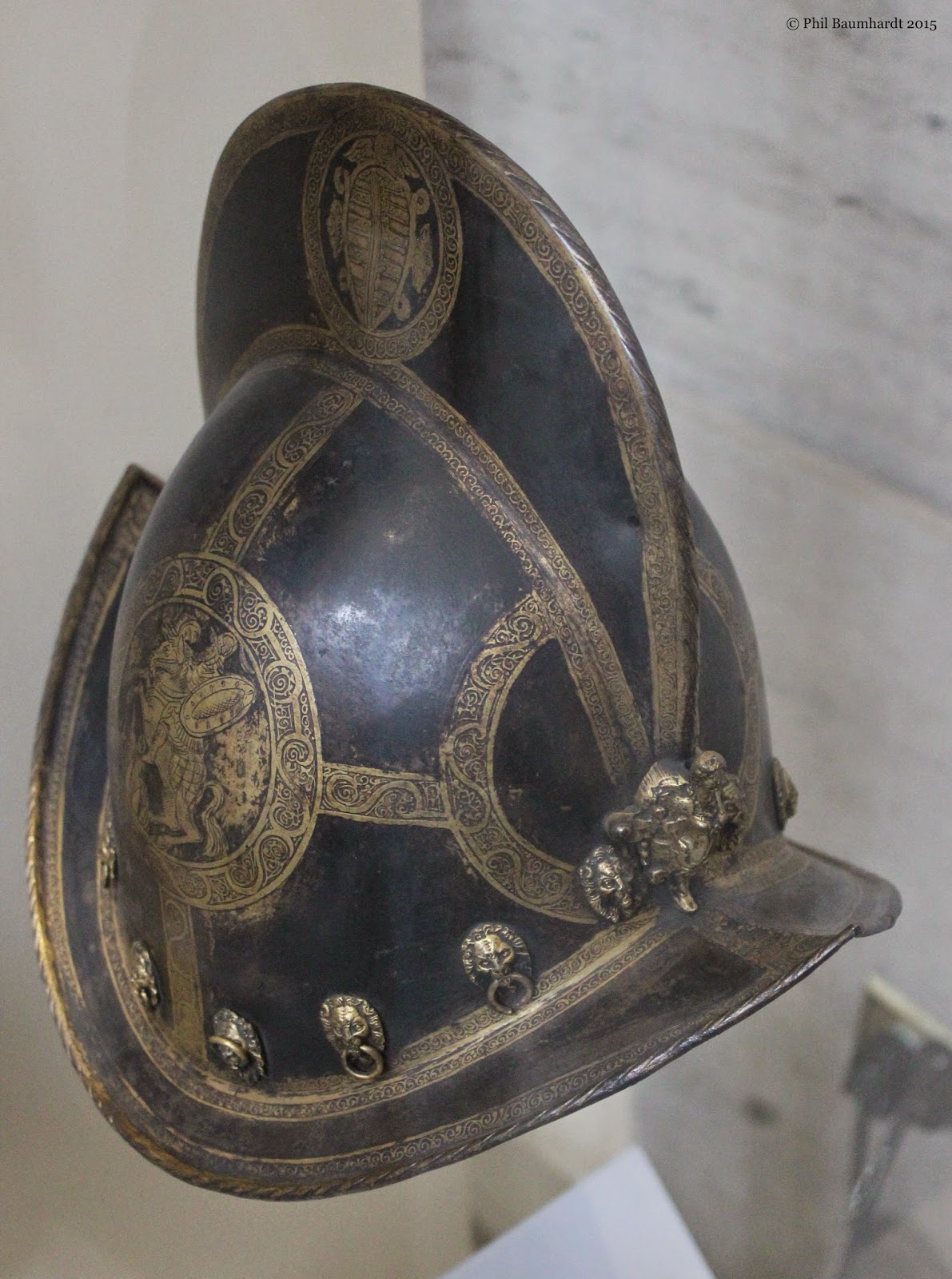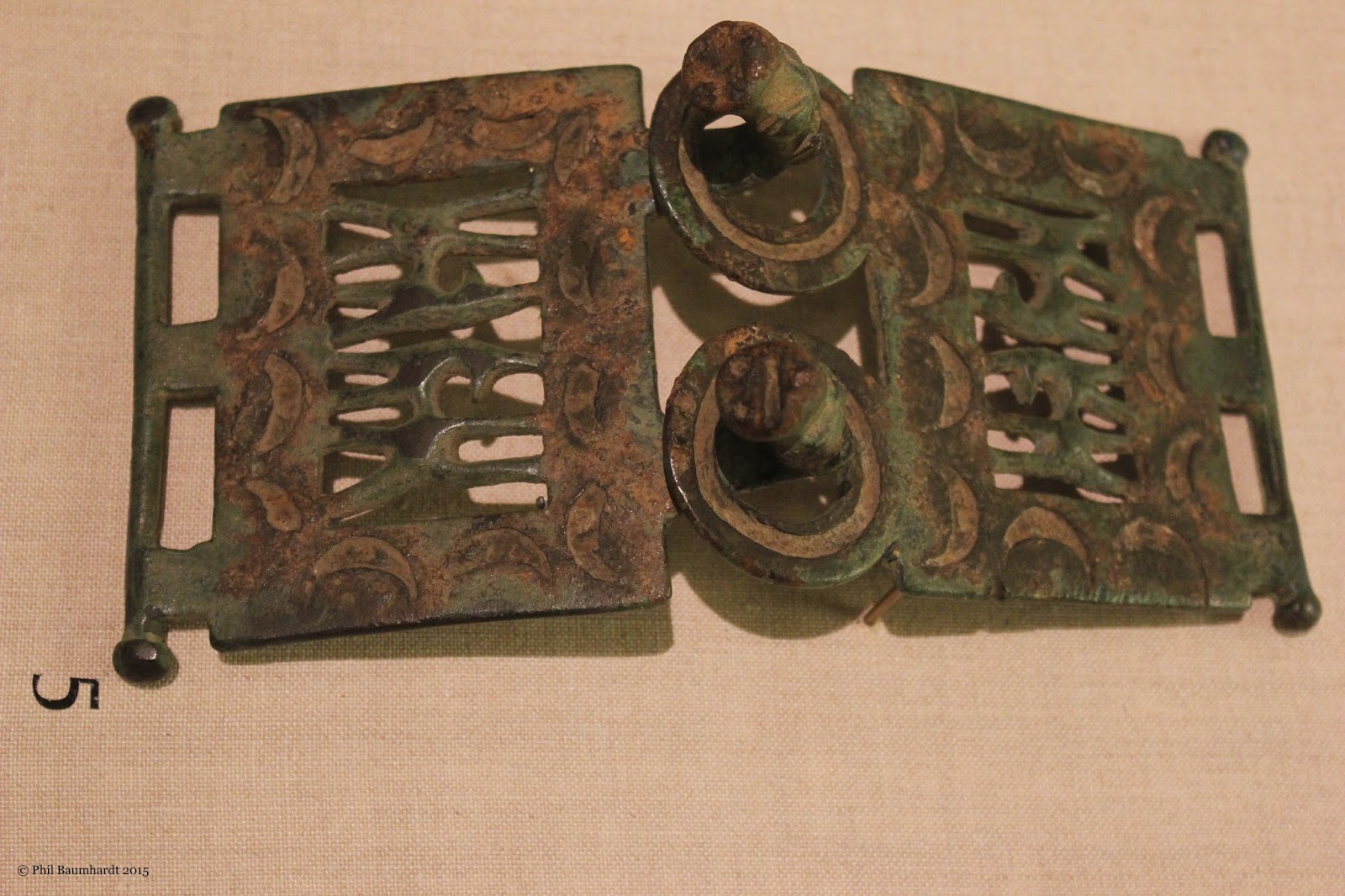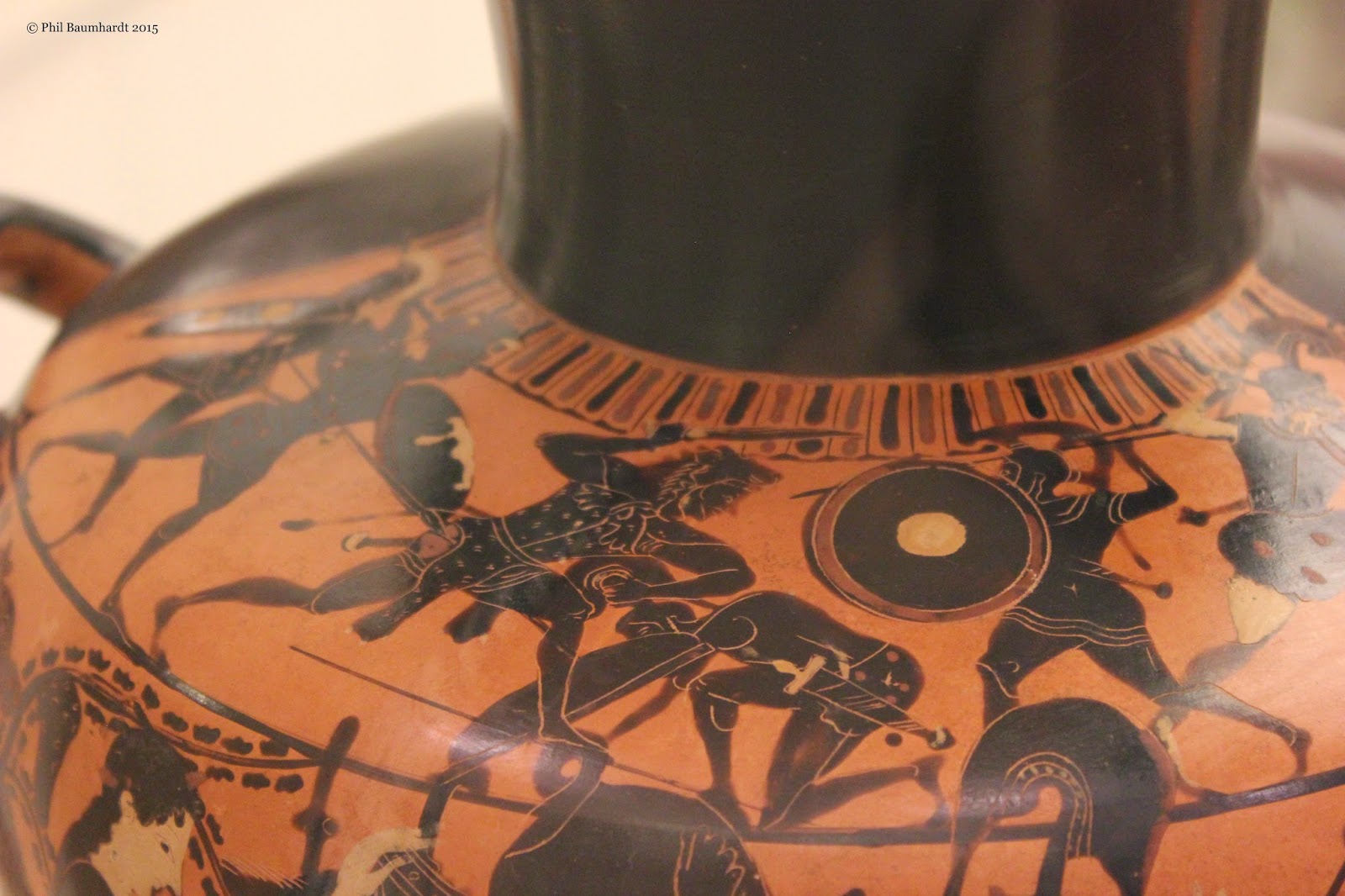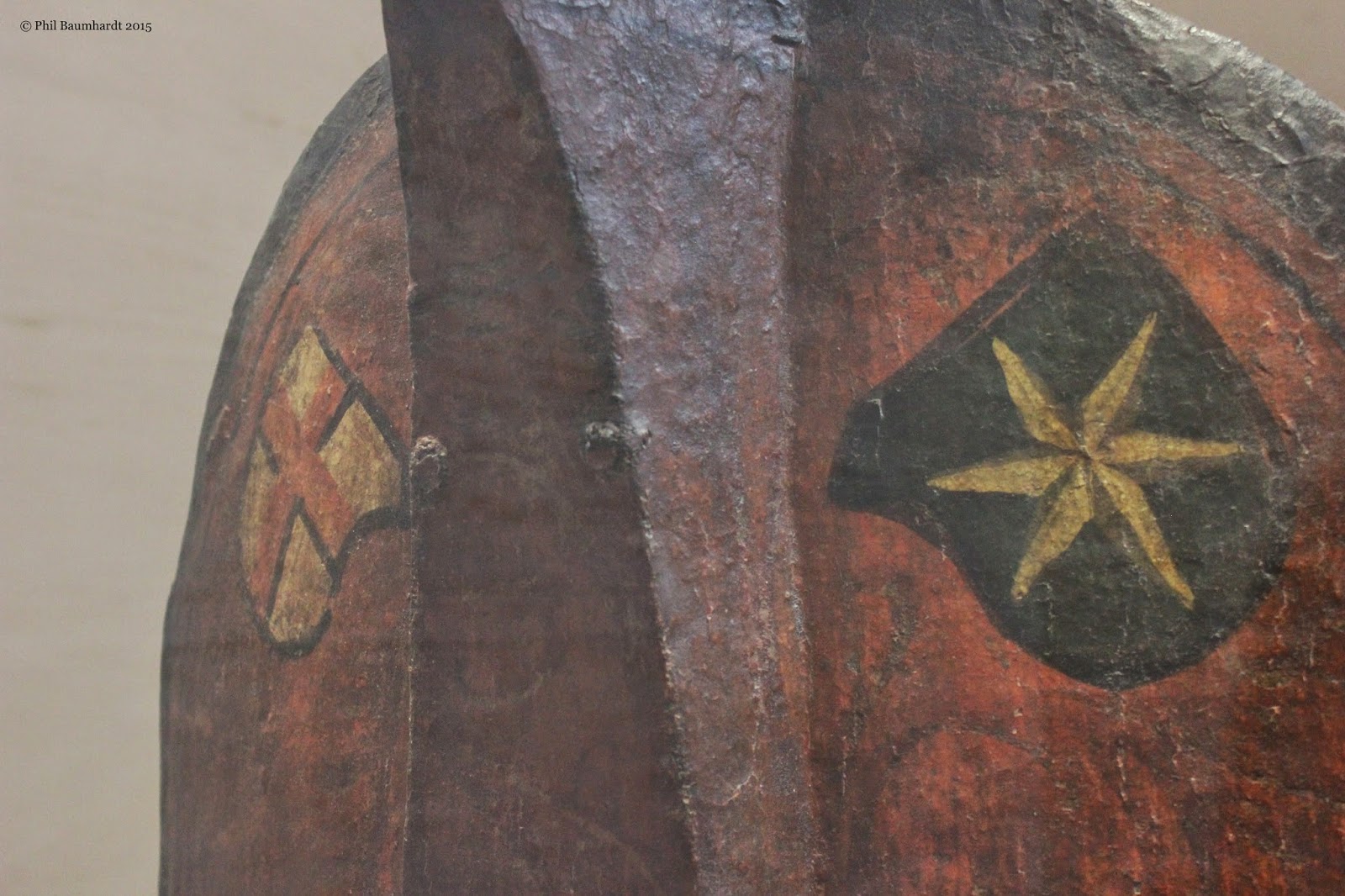Parrying dagger or "main gauche".
The dagger would be used in the left hand with the sword in the right.
There is an interesting cross design on ricasso. And there appears to be two blade stamp/maker's mark. Some sort of X or star and a sun symbol perhaps.
The sunflower-motif seems to be the same as the sword, which leads me to think they are a pair.
The parrying dagger seems to have better geometry for slicing than the sword.
Half of the true edge (edge facing out) has firework. Rather than mere decoration, I think that the purpose was so that it created the possibility of catching or binding an opponents blade after a parry.
The V notches and the button on the cross guard would help bind an opponents blade. I think that if the right angle and pressure was applied the wielder could take control of a sword by binding it between the firework and the scrollwork on the guard.
The crescent cut-outs are also designed for catching and binding enemy swords. I don't think it was something that they would seek to do, but they could if the opportunity presented itself.
On display at the DIA.



















































